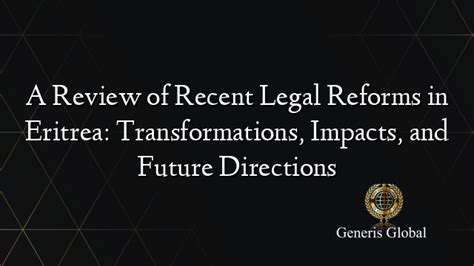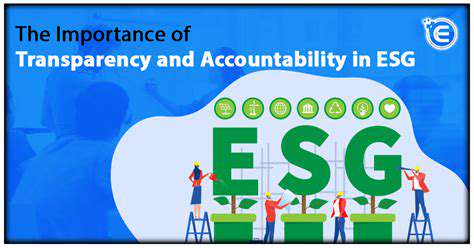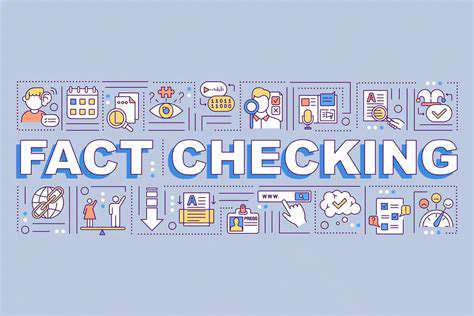Legal Challenges in User Generated Content Distribution
Defamation and Harmful Content: Balancing Freedom of Expression
Understanding Defamation
Defamation, whether written (libel) or spoken (slander), involves making false statements that harm someone's reputation. This harm can manifest in various ways, including loss of employment, social ostracization, and damage to one's professional standing. Understanding the elements of defamation—the falsity of the statement, its publication to a third party, and the resulting harm to reputation—is crucial in navigating the legal complexities surrounding this issue.
It's essential to differentiate between opinions and factual assertions. While expressing opinions is generally protected under freedom of speech, making demonstrably false statements of fact can lead to legal repercussions. The line between opinion and fact can be blurry, and the courts often scrutinize the context and intent behind the statement when determining liability.
The Role of Freedom of Expression
Freedom of expression is a cornerstone of democratic societies, enabling open discourse and the exchange of ideas. However, this freedom is not absolute and is often balanced against other important rights, such as the right to reputation and privacy. The challenge lies in determining how to protect freedom of expression while simultaneously safeguarding individuals from unwarranted harm.
This balance necessitates careful consideration of the potential impact of speech on others. While criticism and even harsh commentary are often part of public discourse, they should not be used as a tool for malicious or deliberate defamation.
Harmful Content and Online Platforms
The proliferation of online platforms has created new challenges in regulating harmful content. The sheer scale and speed of information dissemination online make it difficult to monitor and address defamatory statements in real-time. Platforms face a complex legal and ethical dilemma: how to balance user freedom of expression with the need to prevent the spread of harmful content.
Legal Remedies for Defamation
Individuals who believe they have been defamed have recourse to legal remedies, which vary depending on jurisdiction. These remedies often involve demonstrating the elements of defamation, such as the falsity of the statement and the resulting harm. The specific legal procedures, including the burden of proof and available defenses, can significantly impact the outcome of a defamation case.
Content Moderation and the Responsibility of Platforms
Online platforms play a critical role in the dissemination of information, but they also bear a responsibility for the content hosted on their sites. This responsibility includes implementing reasonable measures to identify and remove defamatory or harmful content, particularly when it has a significant impact on individuals. Developing effective content moderation policies that strike a balance between protecting free speech and preventing harm is an ongoing challenge for platforms worldwide.
Modular construction is a rapidly evolving building method that involves prefabricating building components in a controlled factory environment. This approach contrasts with traditional on-site construction, where materials are assembled directly at the building location. The key advantage lies in the enhanced efficiency and precision achieved through off-site manufacturing. This allows for better quality control, reduced construction time, and potentially lower costs.
Data Privacy and User Consent: Protecting Sensitive Information
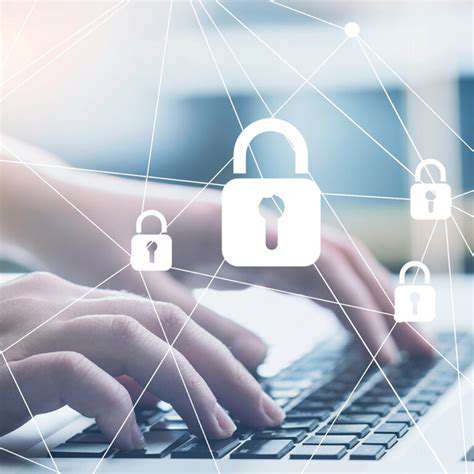
Data Minimization and Transparency
Data minimization is a crucial aspect of data privacy, advocating for collecting only the necessary data for specific, legitimate purposes. This principle directly impacts user trust and comfort, as users are more likely to feel safe and respected when they understand that their data is being treated responsibly and not excessively collected. It's essential to establish clear and transparent processes for data collection, ensuring users understand what information is being gathered, how it will be used, and with whom it might be shared. This transparency fosters a sense of control and empowers users to make informed decisions about their data.
User Control and Choice
Providing users with meaningful control over their data is paramount. This includes giving them the ability to access, correct, and delete their personal information. Users should have a clear and straightforward mechanism for exercising these rights, and the organization collecting the data should be responsible for promptly responding to these requests. Moreover, users should be presented with clear choices concerning how their data is used and shared. This could include options like opting-in or opting-out of specific data uses, or the ability to choose different levels of data sharing.
Consent Mechanisms
Effective consent mechanisms are essential for establishing trust and ensuring compliance with data privacy regulations. These mechanisms should be presented in a clear, concise, and easily understandable manner, avoiding complex legal jargon. The consent process should be actively sought from the user, not passively assumed, and should explicitly outline the specific purposes for which data will be used. Furthermore, users should be made aware of their right to withdraw consent at any time, with the process for doing so clearly defined and readily accessible.
Security and Data Protection
Robust security measures are vital to protect user data from unauthorized access, use, disclosure, alteration, or destruction. Organizations must implement appropriate technical and organizational safeguards to mitigate potential risks. This includes employing encryption, access controls, and regular security audits. Adequate training for employees handling user data is also crucial to ensure they understand and adhere to data protection policies and procedures. Regular security assessments and updates are critical to maintaining the effectiveness of these measures.
Accountability and Enforcement
Establishing clear lines of accountability is crucial for effective data privacy practices. Organizations should clearly define roles and responsibilities for data handling and ensure that mechanisms exist for addressing complaints and resolving data breaches. Transparency and accountability are key to building user trust and demonstrating a commitment to data protection. Furthermore, independent audits and compliance reviews can help verify adherence to data privacy regulations and ensure ongoing improvements in data protection practices. The existence of effective enforcement mechanisms is equally important for deterring misuse and promoting compliance.
Intellectual Property Infringement and DMCA Compliance: Protecting Creators
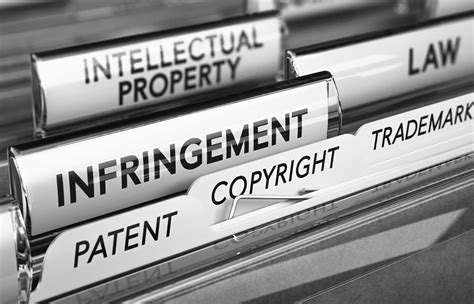
Understanding Intellectual Property
Intellectual property (IP) refers to creations of the mind, such as inventions, literary and artistic works, and symbols, names, images, and designs used in commerce. Protecting these creations is crucial for individuals and businesses to reap the rewards of their ingenuity. Understanding the various types of IP, including patents, trademarks, copyrights, and trade secrets, is essential for navigating the complexities of IP law. Different forms of IP protection offer varying levels of exclusivity and duration. For example, patents protect inventions, while copyrights protect original works of authorship.
A critical aspect of IP is its recognition and enforcement within legal frameworks. This involves understanding the specific rights granted to creators and the legal mechanisms available to them to protect their creations. Thorough knowledge of IP law is vital for both creators and potential infringers. This knowledge helps creators effectively safeguard their intellectual property and helps potential infringers understand the boundaries of permissible use.
Types of Infringement
Infringement occurs when someone uses another person's protected IP without permission. This can take many forms, including direct copying, adapting, or creating something substantially similar to the original creation. It's not always a simple case of direct replication. Indirect infringement, such as using an IP element in a way that would mislead consumers about the origin or nature of a product, is also a violation. This includes unauthorized use, distribution, or reproduction of protected material.
Different types of IP lead to different kinds of infringement. For example, copyright infringement may involve copying a book or musical composition, while patent infringement might involve producing a device that closely resembles a patented design. Understanding these various forms of infringement is essential for anyone involved in creating or utilizing intellectual property.
Legal Ramifications of Infringement
The legal ramifications of IP infringement can be severe, ranging from civil lawsuits to criminal penalties. Civil lawsuits may result in monetary damages, injunctions preventing further infringement, and an order to compensate the owner for losses. Copyright infringement, for example, can lead to substantial financial penalties for those found guilty of violating a copyright. Depending on the severity and context of the infringement, criminal charges may also be filed.
Furthermore, the reputation and credibility of an individual or company can be significantly harmed by a successful infringement lawsuit. This can lead to substantial financial losses and reputational damage. The legal process can be lengthy and complex, requiring expert legal counsel to navigate the intricacies of IP law and infringement cases.
Preventing Infringement
Proactive measures are crucial for preventing IP infringement. This involves thorough documentation of creative works, diligent record-keeping, and seeking legal advice to ensure compliance with IP laws. Careful consideration and meticulous planning are essential steps in protecting your intellectual property. Registering your intellectual property with the appropriate authorities is a key step in asserting your ownership and rights. Thorough due diligence is vital, particularly when dealing with potentially infringing materials or ideas.
Employing robust licensing agreements and contracts can also help prevent infringement. These agreements outline the terms of use for your IP, clarifying permissible uses and limitations. This can significantly reduce the risk of future disputes and ensure your rights are protected.
Read more about Legal Challenges in User Generated Content Distribution
Hot Recommendations
- Immersive Culinary Arts: Exploring Digital Flavors
- The Business of Fan Funded Projects in Entertainment
- Real Time AI Powered Dialogue Generation in Games
- Legal Challenges in User Generated Content Disclaimers
- Fan Fiction to Screenplays: User Driven Adaptation
- The Evolution of User Driven Media into Global Entertainment
- The Ethics of AI in Copyright Protection
- Building Immersive Narratives for Corporate Training
- The Impact of AI on Music Discovery Platforms
- AI for Audience Analytics and Personalized Content
